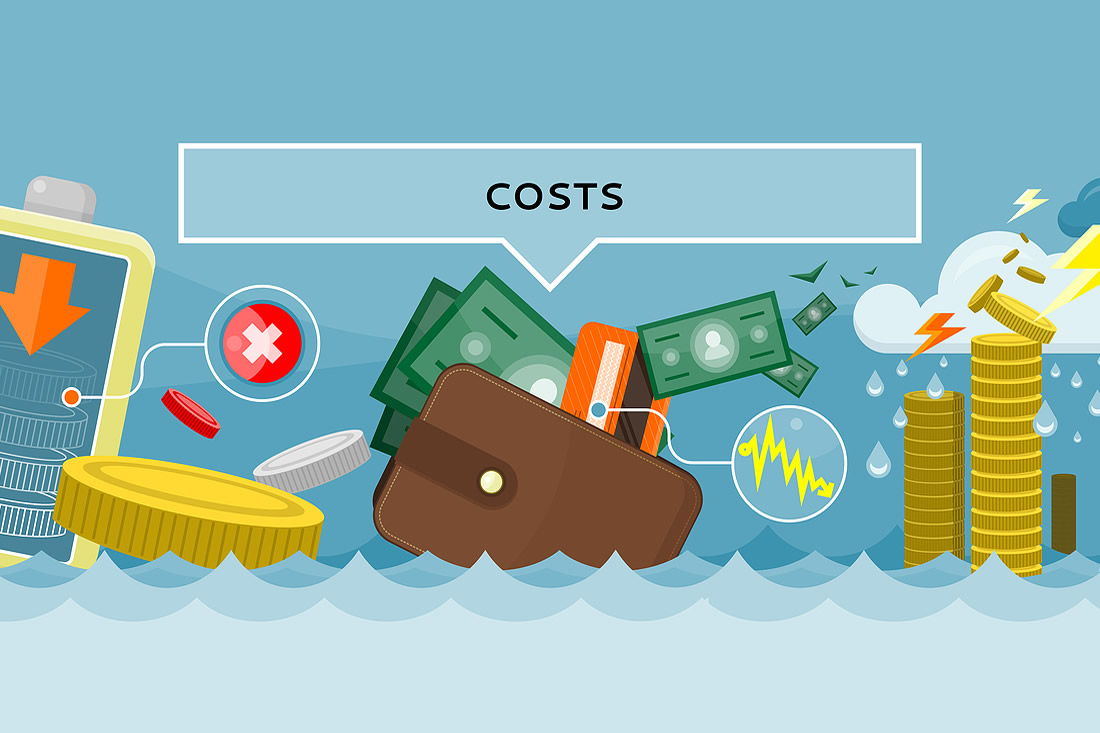The Crucial Role of Writing in Capital Campaign Fundraising

In the world of nonprofit organizations and philanthropy, capital campaigns stand as monumental undertakings that pave the way for growth, transformation, and impact. These campaigns are designed to raise significant funds for specific projects, such as:
- constructing a new building;
- expanding facilities;
- or launching groundbreaking initiatives.
One often overlooked but critically important element of successful campaigns is the power of effective writing. That’s because capital campaigns require meticulous planning, well-defined goals, and a compelling case for support that resonates with potential donors.
7 Ways to Use Writing Effectively in a Capital Campaign
At the heart of every successful capital campaign is a compelling narrative that effectively communicates:
- the organization’s mission
- the urgency of the project
- and the transformative impact it will have on the community or cause
Writing serves as the bridge that connects an organization’s vision with the donors’ philanthropic aspirations. While there are many modes of communication used throughout a campaign, writing is a primary vehicle. Here are seven ways to write more effectively throughout your campaign.
1. Crafting a Persuasive Case for Support
A cornerstone of any capital campaign is a well-crafted case for support, which outlines the reasons why potential donors should contribute to the cause. The very process of developing your case will help your team home in on the specific details and elements of your campaign.
Effective writing in this context involves articulating a clear and persuasive message that highlights the project’s importance, relevance, and potential to bring about positive change. A compelling case statement evokes emotions, resonates with the reader’s values, and presents a compelling argument that motivates donors to take action.
2. Connecting Emotionally with Donors
Donors are more likely to contribute when they feel a deep emotional connection to the cause. Skillful writing has the power to tap into the hearts of donors, creating empathy and a sense of shared purpose.
By sharing compelling stories, real-life examples, and testimonials, you can effectively convey the impact of your project. Personal anecdotes and narratives of transformation create a lasting impression, making donors feel like active participants in the journey toward change.
3. Establishing Credibility and Trust
Writing plays a pivotal role in establishing an organization’s credibility and building trust with potential donors. A well-written campaign message not only communicates the project’s significance but also highlights the organization’s track record, expertise, and commitment to achieving its goals.
Transparent communication, backed by data and evidence, helps to foster trust and confidence in donors, assuring them that their contributions will be used effectively.
4. Sustaining Donor Engagement and Reporting Back
Capital campaigns are typically multi-phased endeavors, spanning several months or even years. Consistent and engaging communication is crucial to sustaining donor interest and involvement throughout the campaign’s duration.
Well-crafted newsletters, progress reports, and updates keep donors informed about milestones achieved, challenges faced, and the ongoing impact of their contributions.
5. Expressing Urgency through Compelling Calls to Action
Compelling writing incorporates a strong call to action that prompts potential donors to take immediate steps. Whether it’s donating, attending an event, or spreading the word, a clear and urgent call to action motivates donors to act promptly, leveraging their enthusiasm and sense of purpose.
6. Navigating Complex Concepts
In capital campaigns, projects can often involve complex technical, financial, or scientific concepts. Effective writing translates these complexities into accessible language that donors can understand.
Clear communication of complex concepts demonstrates an organization’s commitment to transparency and inclusivity, helping donors feel informed and confident in their decision to contribute.
7. Using Final Drafts as Tools for Engagement
A final draft case (one you have fleshed out with your team that does not have any misspellings or grammatical errors) should be shared with prospective donors during a feasibility study and other early phases of the campaign.
Having the word “draft” stamped on the top (or as a watermark) tells donors that the plans they see are not set in stone. This provides a unique opportunity for you to ask for feedback, which you would not do once the plans are finalized. By seeking advice from your donors on draft plans, you enable donors to engage in the planning process and become part of the team.
Do Not Fall Into the Campaign Brochure Trap
One common mistake is to create a brochure for the campaign too early in the process. Many nonprofit leaders mistakenly believe that donors will need a brochure to be solicited. The challenge is that once brochures are printed, they are difficult to change.
Projects often change over time, and you’ll want a more flexible solicitation tool. In addition, many people believe a great brochure will do the work for them.
Cautionary Tale from the Real World
Not long ago, a well-meaning nonprofit began a capital campaign by sending out beautifully designed brochures detailing their mission, vision, and the scope of the proposed renovations. These brochures were meticulously crafted, filled with colorful images of kittens and puppies, and accompanied by heartwarming success stories.
However, despite their efforts, the response from the brochure mailing was dishearteningly low. In fact, they had hoped to raise $1 Million from their most loyal donors with this mailing, but raised just under $20K, not even 5% of what they needed to raise.
They realized they needed a new approach and hired Capital Campaign Pro. Our team helped them develop a strong case for support. We then coached them through sharing the final draft version with their top 30 potential donors in one-on-one meetings. They collected feedback from those donors and then went back to them later to ask for gifts.
Fast forward two years and that organization raised not only their $1 Million goal, but they raised more than $2 Million — over twice their original goal.
Tip: Maintain DRAFT Status
With that cautionary tale in mind, we urge you to keep your campaign case for support in “Draft” format as long as possible. Instead, solicit donors with a donor discussion guide, which can be printed out and changed as the campaign progresses.
Strong Writing is the Foundation of Your Campaign
Capital campaigns are monumental endeavors that have the power to drive positive change and transformation. While various factors contribute to the success of these campaigns, the role of writing cannot be overstated.
Effective writing serves as the foundation upon which the campaign’s success is built, connecting the organization’s mission with the donors’ philanthropic aspirations.
Tailoring Messages to Different Audiences
Successful capital campaigns often target a diverse range of donors, each with unique motivations and interests. Effective writing involves tailoring messages to resonate with various donor segments.
Whether addressing major donors, corporate partners, or the broader community, the language, tone, and emphasis must be adapted to address the specific needs and aspirations of each group. (Another reason not to have a one-size-fits-all brochure.)
Do Your Campaign Writing with Care
Through persuasive storytelling, emotional engagement, and transparent communication, writing transforms potential donors into passionate advocates and supporters. So be sure to do it with the care and attention it deserves.



Leave a Comment